10 Practical Tips to Help Individuals Avoid Copyright Disputes When Using AIg
As AI content creation tools become widely accessible-from image generators to voice clones and video upscalers-many individuals unknowingly walk into legal gray zones. Whether you're a casual TikTok creator, a student editing presentations, or a freelancer enhancing visuals for clients, copyright compliance matters more than ever in the AI age.
To help you stay safe, this article outlines 10 practical and localized tips that protect personal users from copyright disputes when using AI tools. These insights are grounded in common law principles, platform rules, and the evolving nature of copyright in the digital world.
Part 1: Why Copyright Still Matters in the Age of AI
The explosive growth of AI tools has empowered individuals to create, remix, and enhance content at unprecedented speed and scale. From video upscaling to voice cloning and text-to-image generation, it is never been easier to produce high-quality digital works with a click. But with this power comes responsibility.
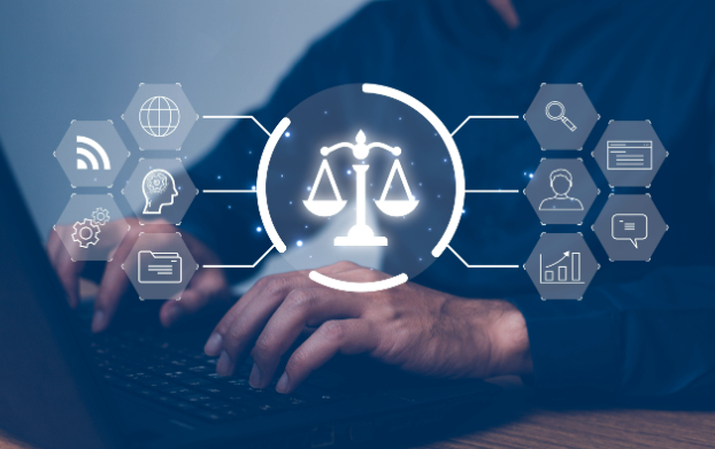
Understanding the Legal of AI-Generated Content
1. U.S. Copyright Law and AI
In the United States, the Copyright Act of 1976 provides the framework for copyright protection. Under Section 107, the "fair use" doctrine permits limited use of copyrighted material without permission for purposes such as criticism, comment, news reporting, teaching, scholarship, or research. The Act outlines four factors to determine fair use:
- Purpose and Character of the Use: Non-commercial and educational uses are more likely to be considered fair use.
- Nature of the Copyrighted Work: The use of factual works is more likely to be fair use than the use of creative works.
- Amount and Substantiality of the Portion Used: Using smaller, less significant portions of a work may favor fair use.
- Effect of the Use on the Market: If the use does not negatively impact the market value of the original work, it may be considered fair use.
2. EU Copyright Law and AI
In the European Union, the legal landscape is evolving to address the challenges posed by AI in the realm of copyright. The Directive 2019/790/EU on copyright in the Digital Single Market introduces provisions related to the use of copyrighted works for data mining and text and data analysis. Notably, the directive allows for certain exceptions to copyright protection for data mining, provided that the works are accessed lawfully and the rights holders have not expressly prohibited such use.
Furthermore, the EU's approach to AI and copyright emphasizes the importance of transparency and accountability. The European Commission has been actively working on regulations to ensure that AI systems are developed and used in ways that respect fundamental rights, including intellectual property rights.
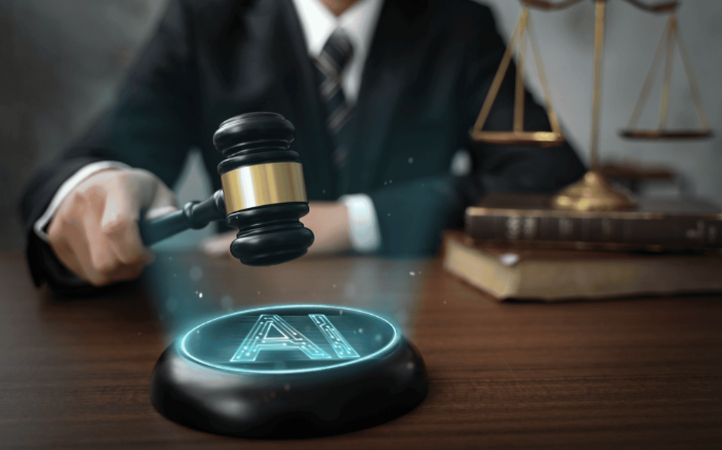
Many users unknowingly violate copyright laws by using unauthorized content, misunderstanding "fair use," or failing to check license agreements. These legal missteps can lead to takedowns, account bans, or even lawsuits-especially as platforms and rights holders increase automated content monitoring. Whether you're enhancing old photos, remixing clips, or generating new media with AI, the rules of copyright still apply. In this article, we will explore 10 essential tips to help personal users avoid copyright conflicts when using AI-without sacrificing creativity.
Part 2: 10 Practical Tips to Stay Safe with AI-Generated Content
1. Follow the "Three NOs" Rule for Source Material
Avoid downloading, using, or sharing content with unclear ownership. This includes materials from unauthorized sources like Netdisk links, pirated films, or re-uploaded Instagram photos. Even if such content is freely accessible, using it without permission can lead to copyright infringement.
2. Use the Four-Factor Test for Fair Use
Before reusing content, assess whether your use qualifies as fair use by considering:
- Purpose and Character: Is the use non-commercial or educational?
- Nature of the Work: Is the work factual or creative?
- Amount Used: Are you using a small, non-substantial portion?
- Market Effect: Does your use harm the market value of the original work?
For example, using a brief movie clip for educational analysis may be fair use, but using the same clip in a monetized video could infringe copyright.
3. Always Read AI Tool Agreements-Especially Key Clauses
AI tools often have hidden clauses that grant them rights to use your content or shift legal responsibility to you. Look closely at:
- User Content Licenses: Do they grant the platform commercial rights over your uploads?
- Disclaimers: Are you liable for what you upload or generate?
Understanding these terms is crucial to avoid unintended rights transfers.
4. Check for Double Licensing Before Commercial Use
If you plan to monetize AI-enhanced content (e.g., in a YouTube video, online course, or Etsy listing), make sure:
- The original material has commercial use rights
- The AI tool you use doesn't introduce new restrictions
Enhancing a CC-BY image doesn't remove the requirement for attribution. Selling content enhanced from personal-use-only images is still infringement.
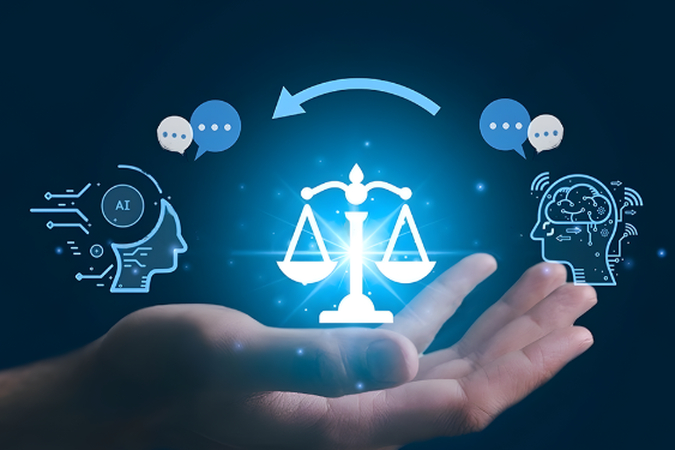
5. Don't Overprocess Your Own Content
Applying significant AI modifications to your own work can create new, co-owned works, leading to ownership disputes. For example, using AI for face swaps or voice cloning on your own content may result in a new work that requires separate copyright registration.
6. Know Local Laws When Publishing Globally
Different platforms operate under different jurisdictions:
- Germany protects personal image rights heavily-using someone's face, even in parody, can violate privacy laws.
- Japan requires explicit consent for derivative anime content-even fan edits may be banned.
Before posting AI-edited content globally, check local copyright and media laws.
7. Minimize Data Retention of Third-Party Content
After using someone else's material in an AI tool, delete temp files, cloud backups, and cache copies to avoid accidental leaks. If your account is compromised, stored files could become evidence of infringement-or go viral unintentionally.
Make clean-up a routine step after AI processing.
8. Respond to Copyright Complaints with Immediate Action
If you receive a DMCA takedown or platform warning:
- Take the content down
- Contact the rights holder
- Negotiate a resolution
Delays can trigger strikes, suspensions, or lawsuits. Early cooperation often leads to private settlements or licensing options.
9. Choose Tools with Built-in Legal Safeguards
Not all AI platforms are created equal. Prefer tools that:
- Offer royalty-free or verified stock libraries
- Show licensing alerts
- Support commercial-safe exports
HitPaw, Canva, and other tools with content safety integrations reduce your legal exposure dramatically.
10. Stay Informed About Copyright Law and AI Developments
Copyright rules are evolving. Key trends to watch include:
- Updates to copyright laws in the U.S. and EU.
- Ongoing cases involving AI models and image rights.
- Legislative changes affecting AI and copyright.
Stay informed to avoid legal pitfalls. Subscribe to IP news, follow legal tech blogs, and stay alert to new rulings that may affect your work.
Conclusion: Compliance Is Easier Than Consequences
AI content tools are powerful, creative, and fast-but they're not law-proof. As a personal user, whether you're remixing a meme, enhancing a photo, or making a short film, compliance starts with awareness. Treat AI as a creative assistant-not a copyright loophole. Avoid gray areas, verify licenses, read the fine print, and choose platforms that prioritize transparency.
Copyright disputes can result in deleted accounts, fines, and loss of credibility. But with these 10 practical habits, you can enjoy the power of AI confidently and legally. Use legally verified content and reliable tools like HitPaw, which prioritize responsible usage in their design.




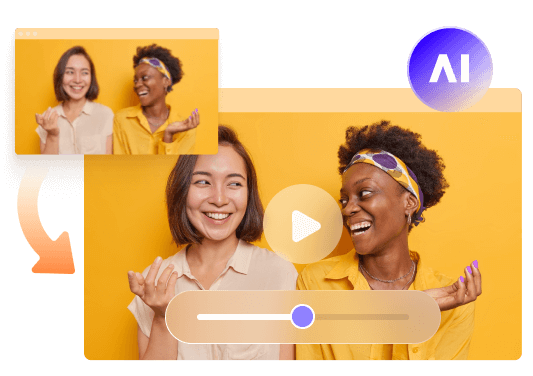




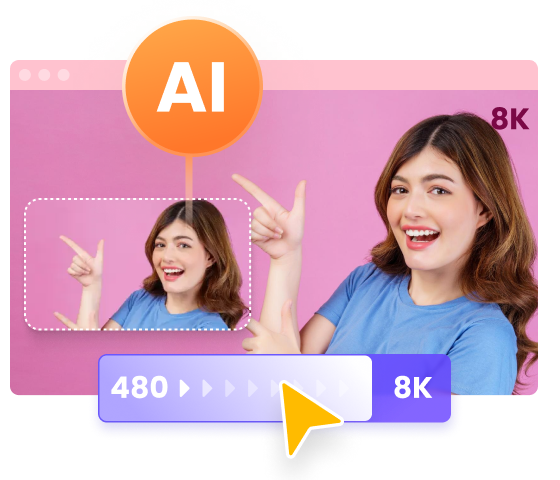
 HitPaw Univd (Video Converter)
HitPaw Univd (Video Converter)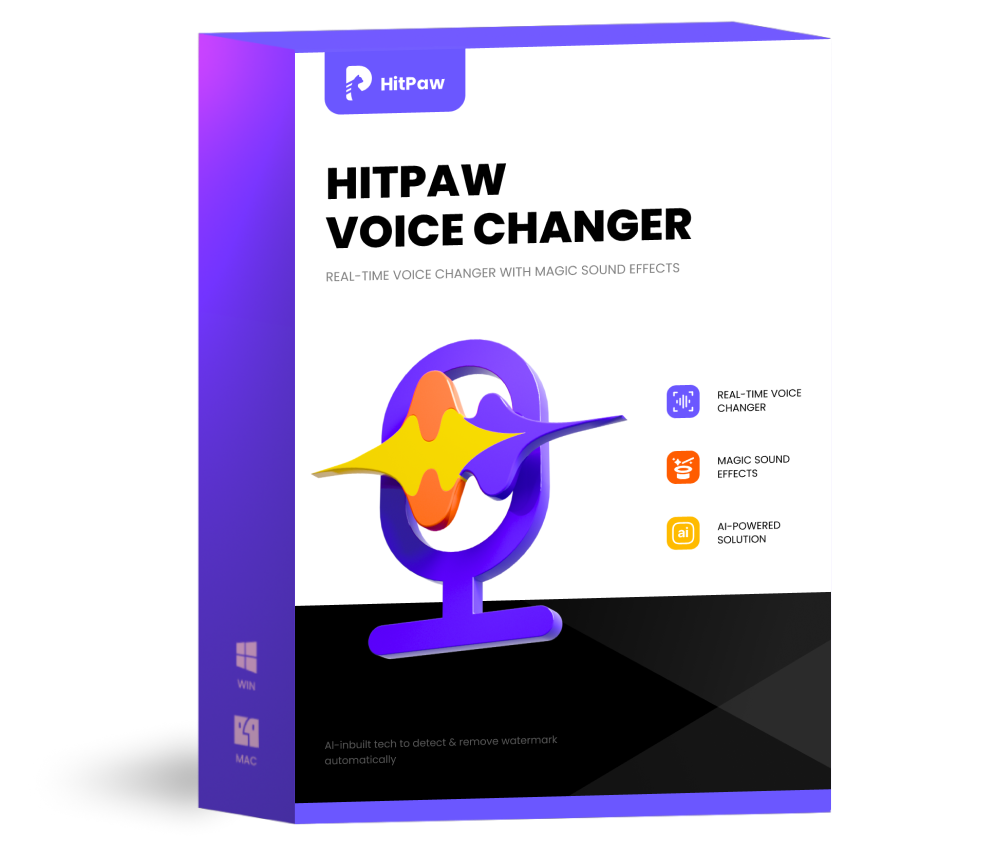 HitPaw VoicePea
HitPaw VoicePea 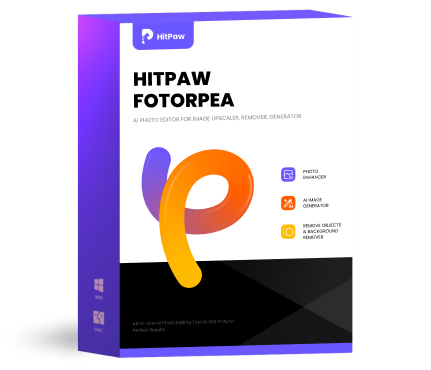 HitPaw FotorPea
HitPaw FotorPea
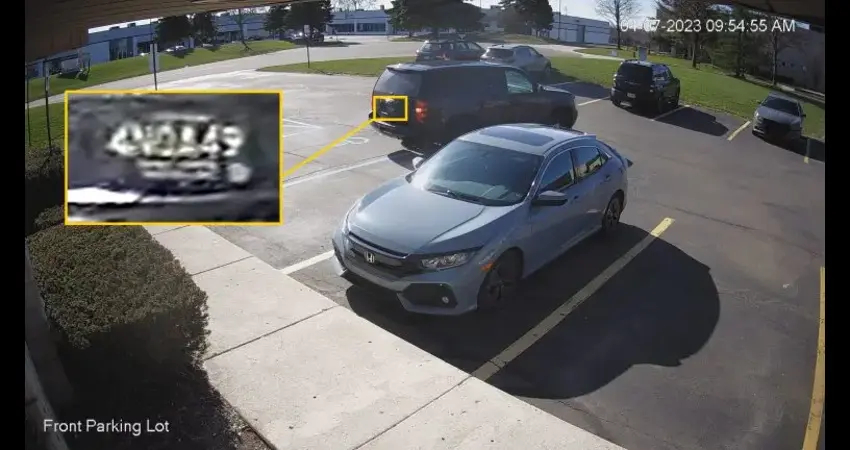
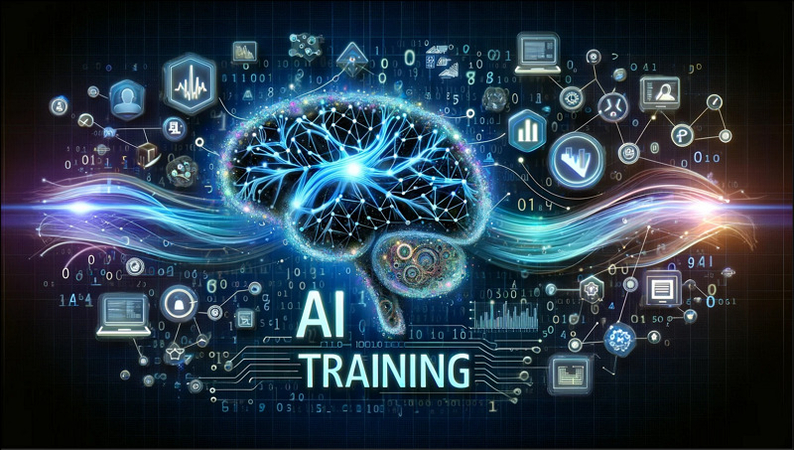

Share this article:
Select the product rating:
Daniel Walker
Editor-in-Chief
This post was written by Editor Daniel Walker whose passion lies in bridging the gap between cutting-edge technology and everyday creativity. The content he created inspires the audience to embrace digital tools confidently.
View all ArticlesLeave a Comment
Create your review for HitPaw articles